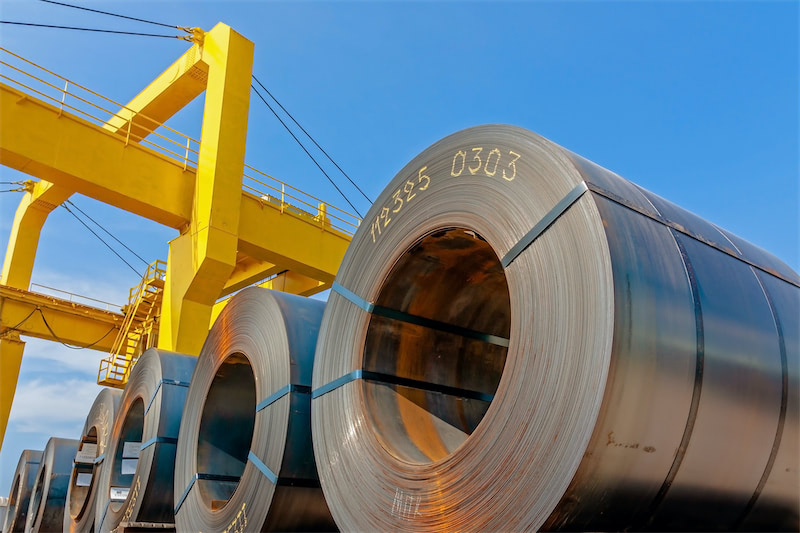







At the CLNB 2025 (10th) New Energy Industry Chain Expo - Battery Raw Materials Forum hosted by SMM Information & Technology Co., Ltd. (SMM), Frisdio Fercanza, a geologist and mine research and development expert from PT Pamapersada Nusantara, shared insights on the topic of "Anti-Stick Liners for Dump Trucks in Nickel Mining Operations." He stated that in nickel mining operations, it is crucial to maintain the cleanliness of the dump truck containers, as wet materials can increase cohesion, leading to the formation of sticky crusts that are more difficult to dislodge in subsequent cycles. More frequent cleaning of the containers can help prevent carryback. It is also important to keep the floor flat and undamaged, as carryback may remain in uneven or damaged sections of the floor. Therefore, proper maintenance of the container bottom is necessary. Anti-stick liners can be installed on the container bottom or throughout the entire container to minimize the formation of carryback.






Follow Us For More Information
LinkedIn: https://www.linkedin.com/company/98924065/admin/dashboard/
Facebook: https://www.facebook.com/profile.php?id=61572704694550
For queries, please contact Lemon Zhao at lemonzhao@smm.cn
For more information on how to access our research reports, please email service.en@smm.cn

